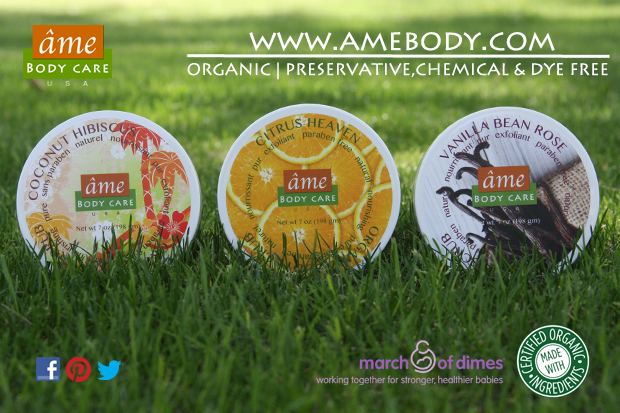
Why your skin deserves organic skin care products?
Just like you nourish your body with organic food, your skin deserves care with organic beauty products. Many non-organic beauty products on the market today include an astonishing amount of scary chemicals. From parabens (chemicals linked to cancer) to formaldehyde to petroleum waxes, an ordinary lotion can contain quite the toxic mixture. Certified-organic skincare products cleanse, tone, exfoliate and moisturize your skin without using any of these noxious artificial chemicals or additives. That’s not all, though. Here are few more reasons to choose organic beauty products for naturally beautiful skin.
organic vs inorganic: Liquid Table Demo
organic |
inorganic |
|---|---|
Strengths
Weaknessess
|
Strengths
Weaknessess
|
### ### LAYOUT INHERITANCE ### ### pages built by adding elements ### to other page layouts ### default.html layout │ └── nice-text.html layout │ └── liquid-table.html layout # see liquid table below ### ### default.html layout ### <html> <head> <body> <header> {{ content }} <footer> </body> </html> ### ### {{content}} ### is replaced by ### whatever content ### is on the page that ### uses the default.html ### template ### ### ### nice-text.html layout ### --- layout: default --- <div class="pretty-text"> <h1> {{ page.title }} </h1> {{ content }} </div> ### ### liquid-table.html layout ### --- layout: nice-text --- {{ content }} # liquid table starts here ### ### LIQUID TABLE ADDED USING YAML DATA ### ### liquid is a simple markup language that allows ### web designers to separate page layouts from ### page content without databases ### ### {% function in liquid %} ### {{ variable in liquid }} ### ### ### YAML HEADER FOR PAGE ### --- layout: liquid-table title: 'Why is it important?' organic: strengths: - clean - healthy - natural weaknesses: - pricey - short shelf life - lots of fake inorganic: strengths: - cheap - lots of choices - appleaing weaknesses: - unhealthy - parabens - chemicals --- ### ### LIQUID TAG TABLE IN LAYOUT ### ### HTML ELEMENTS: ### <thead> table header ### <tr> table row ### <td> table cell (or data) ### <ul> unordered list ### <li> list item ### <h2> organic vs inorganic </h2> <table id="organictable"> <thead> <tr> <th> <h3> organic </h3> </th> <th> <h3> inorganic </h3> </th> </tr> </thead> <tbody> <tr> <td> <h4> Strengths </h4> <ul> ### LIQUID LOOPS WITH YAML DATA ### organic: ### strengths: ### - clean ### - healthy ### - natural {% for item in page.organic.strengths %} <li> {{ item }} </li> {% endfor %} ### LIQUID LOOP CREATES HTML CODES: ### <li> clean </li> ### <li> healthy </li> ### <li> natural </li> </ul> <br> <h4> Weaknessess </h4> <ul> {% for item in page.organic.weaknesses %} <li> {{ item }} </li> {% endfor %} </ul> </td> <td> <h4> Strengths </h4> <ul> {% for item in page.inorganic.strengths %} <li> {{ item }} </li> {% endfor %} </ul> <br> <h4> Weaknessess </h4> <ul> {% for item in page.inorganic.weaknesses %} <li> {{ item }} </li> {% endfor %} </ul> </td> </tr> </table>